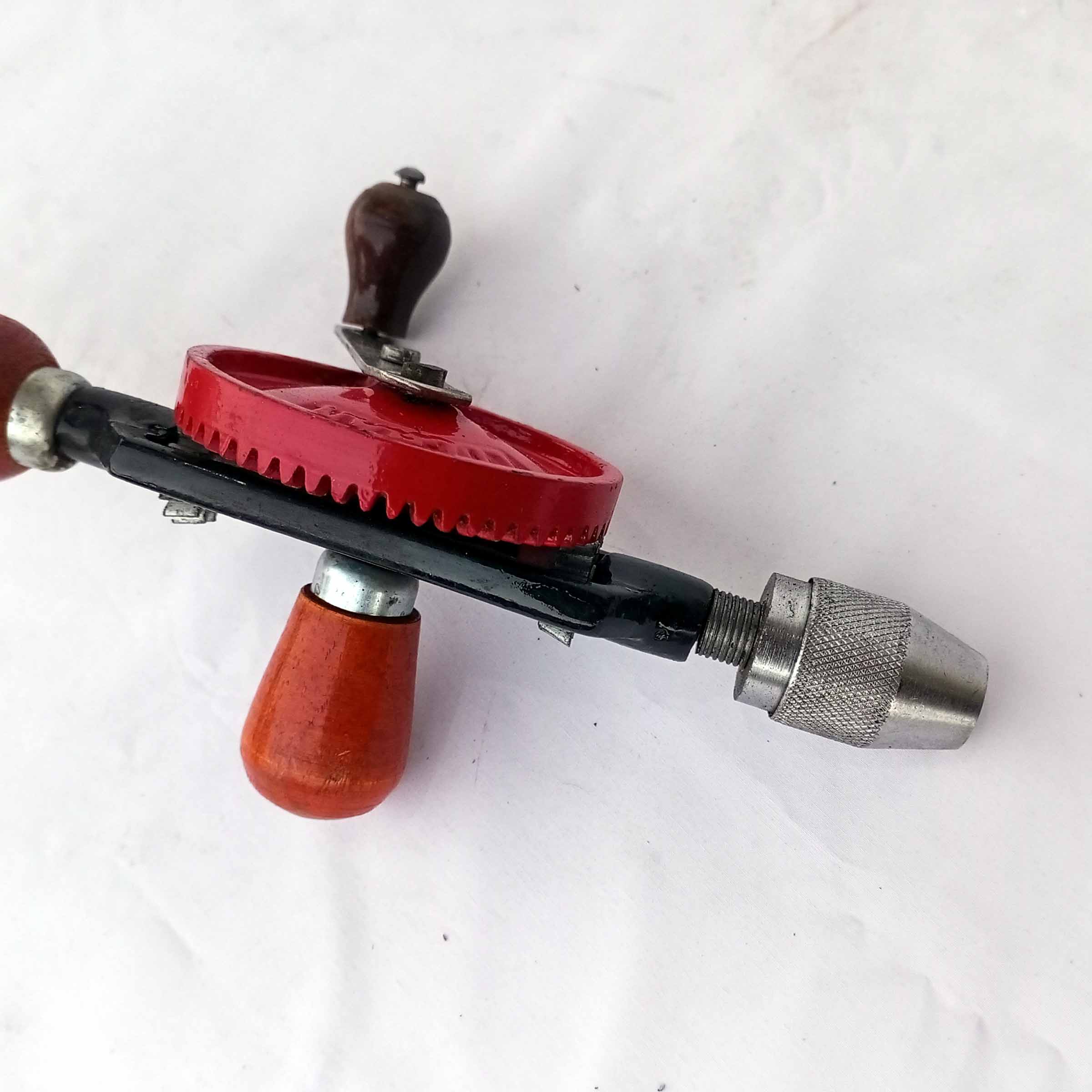In the vast realm of power tools, the terms drill and rotary drill are often used interchangeably, but a closer examination reveals nuanced differences that can significantly impact their applications. In this comprehensive exploration, we will dissect the distinctions between these two essential tools, shedding light on their unique features and practical applications.
1. The Fundamental Purpose: Drilling Down to Basics
At a fundamental level, both a drill and a rotary drill share the common purpose of creating holes in various materials. However, their underlying mechanisms diverge, influencing the types of tasks they excel at. Explore the basic anatomy and functionality of each tool, laying the groundwork for a more profound understanding.
2. Rotary Drills: The Powerhouse of Versatility
A rotary drill, often referred to as a hammer drill, goes beyond the capabilities of a conventional drill. Unveil the technology behind the hammering action, explaining how it facilitates efficient drilling through masonry and other tough materials. Delve into the applications where a rotary drill outshines a standard drill, showcasing its versatility on construction sites and in home improvement projects.
3. Drills: Precision and Simplicity
Conversely, a drill, without the hammering feature, emphasizes precision and simplicity. Explore the scenarios where a standard drill excels, such as woodworking and metalworking. Understand how the absence of the hammering function allows for cleaner, more controlled holes, making it the tool of choice for certain delicate applications.
4. Power and Speed: A Comparative Analysis
Examine the power and speed capabilities of both tools, dissecting how these factors impact their performance. Understand why a rotary drill's hammering action may reduce rotational speed but enhance efficiency in specific applications. Contrast this with the consistent speed of a standard drill, emphasizing the importance of selecting the right tool for the task at hand.
5. Bits and Attachments: Tailoring Tools to Tasks
Dive into the world of drill bits and attachments, exploring how the choice of accessories can enhance the capabilities of both drills and rotary drills. Understand the compatibility of various bits with each tool and how these choices influence the outcome of different projects. From standard twist bits to specialized masonry bits, discover the array of options available to fine-tune your drilling approach.
6. Noise and Vibration: Considering the Environment
Beyond functionality, address the environmental factors associated with each tool. Analyze the noise and vibration levels generated by drills and rotary drills, emphasizing the importance of user comfort and the impact on work surroundings. Recognize how these factors may influence tool selection in both professional and DIY settings.
Conclusion: Selecting the Right Tool for the Job
In the grand tapestry of construction and DIY projects, understanding the difference between a drill and a rotary drill is the key to unlocking optimal efficiency and results. By grasping their unique features, applications, power dynamics, and environmental considerations, users can make informed decisions when selecting the right tool for a given task.
